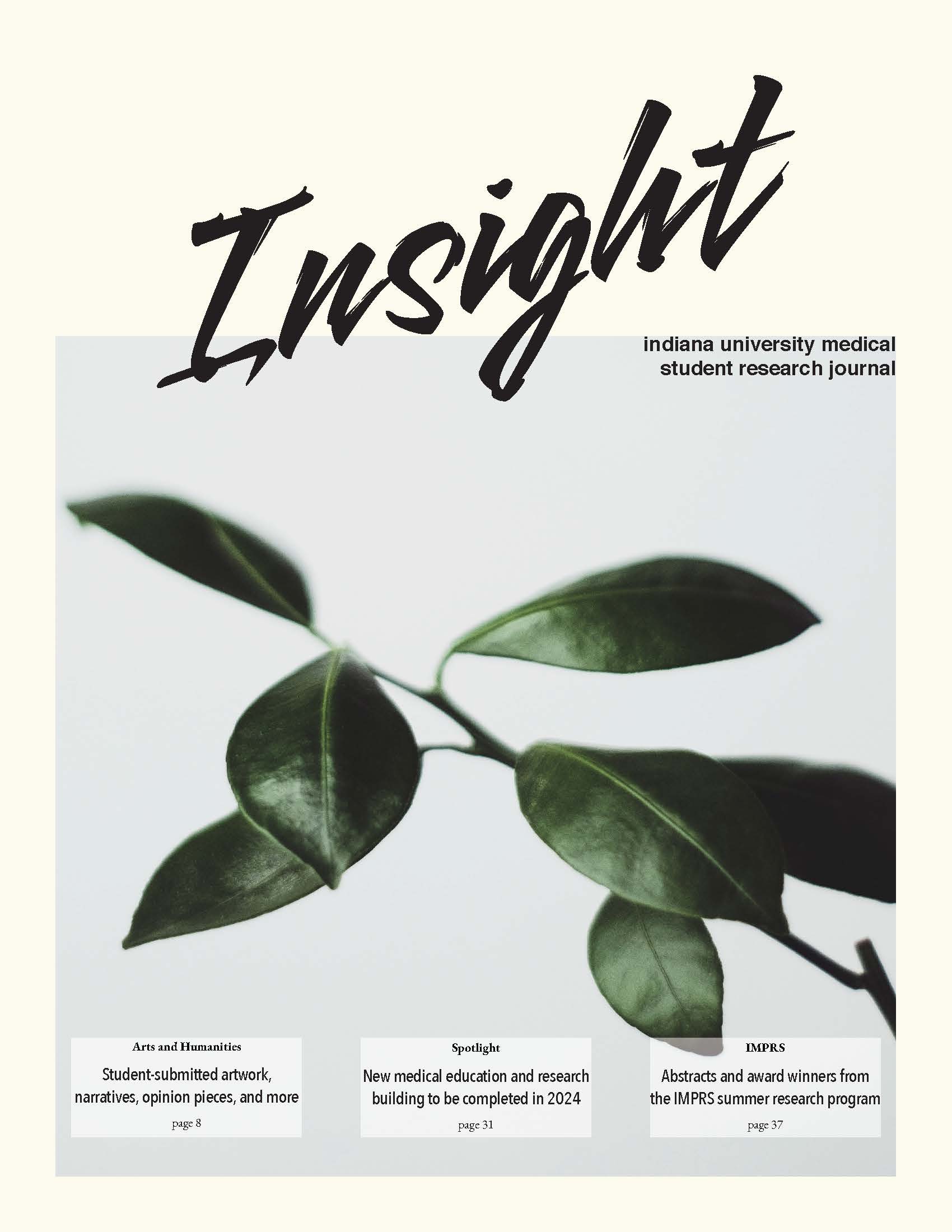Targeting Arg-1 and PD-L1 in M2-Tumor Associated Macrophages Impairs Juvenile Myelomonocytic Leukemia (JMML) Cell Proliferation and Migration
Abstract
Background and Hypothesis: Tumor-associated macrophages (TAMs) are a key component of tumor-infiltrating immune cells. They are largely characterized into M1 or M2 types. TAMs express an anti-inflammatory M2-like phenotype, promote tumor progression. However, the role of M2-TAMs in driving disease pathogenesis in patients with Juvenile myelomonocytic leukemia (JMML), a rare form of pediatric leukemia driven to a large extent by mutations in the PTPN11 gene, which encodes the phosphatase SHP2 is unclear. We hypothesized that in JMML, inflammatory myeloid cells including neutrophils and M2-TAMs express higher levels of arginase-1 (Arg-1) and PD-L1, which may contribute to the local suppression of immune responses and support the development of JMML.
Methods: To study how alterations in M1/M2 macrophages contribute to JMML development, we utilized a mouse model bearing Shp2E76K mutation (Ptpn11E76K/+) which manifests the cardinal features of human JMML. We hypothesized that Shp2E76K/+ mutations enhance the function of bone marrow derived macrophages (BMDMs), including M2-TAMs and contribute to T-cell suppression.
Results: Our analysis of the bulk RNA-sequence data from 90 JMML patients showed an increase in the expression of Arg-1 and PD-1. Furthermore, single cell RNA-seq analysis of macrophages from 4 JMML patients revealed higher expression of M2-macrophage markers/genes. Our results show that in M2-TAMs, Arg-1 and PD-L1 levels are elevated in BM and spleens of Shp2E76K/+ mice compared to WT. Moreover, M2-TAMs, Arg-1 and PD-L1 levels were also higher in BMDMs derived from Shp2E76K/+ mice compared to WT. The BMDMs from Shp2E76K/+ mice have greater proliferation and migration potential compared to WT BMDMs, which was significantly reduced by inhibiting the function of Arg-1 and PD-L1.
Conclusion: Our results show that M2-TAMs, arginase-1, and PD-L1 create a pro-tumor microenvironment, which likely contributes to the growth of JMML cells. Inhibition of Arg-1 and PD-L1 is a novel therapeutic approach to treat patients with JMML.
Downloads
Published
Issue
Section
License
Copyright to works published in Insight is retained by the author(s).

